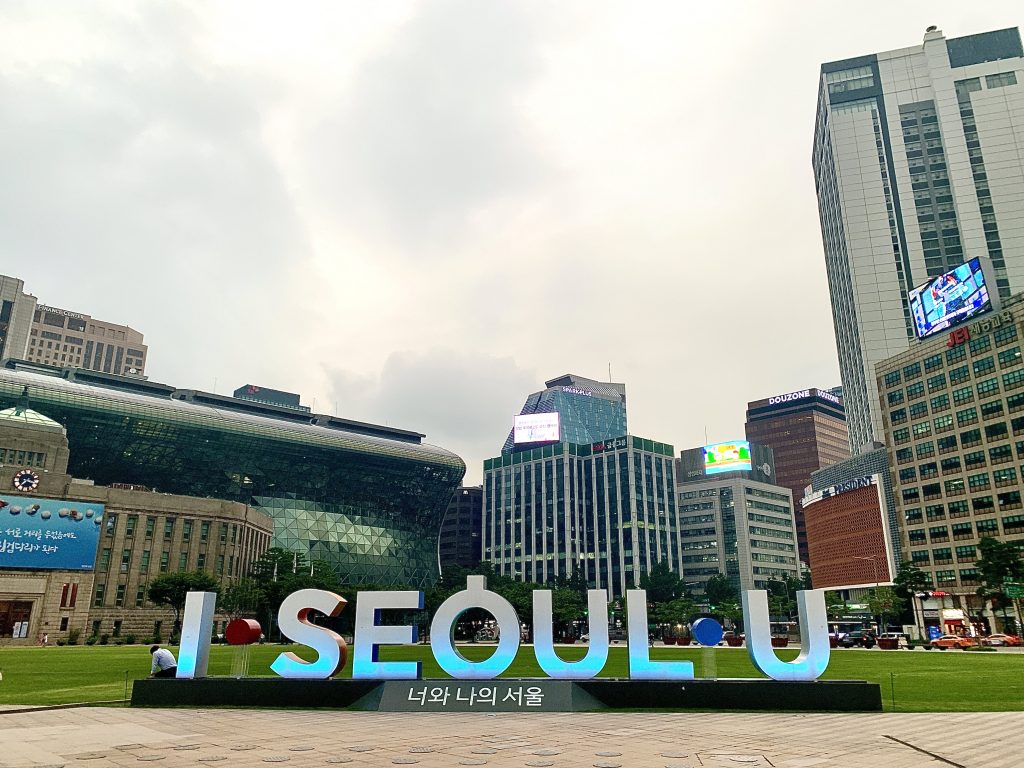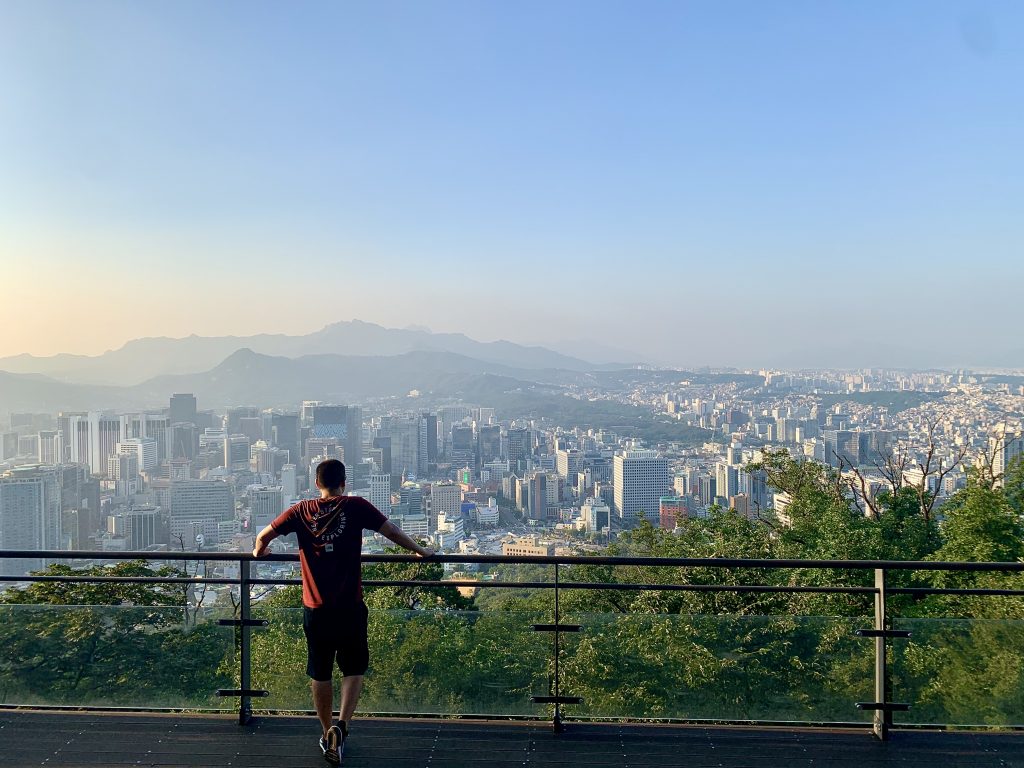
“From highrises to urban enterprises, a touch of nature is always good for the Seoul.”
In the center of Seoul, north of the Hangang River, lies the sprawling Seoul Fortress Wall. Built in 1396, there are 8 gates total which run for near a 20-kilometer path around Seoul.
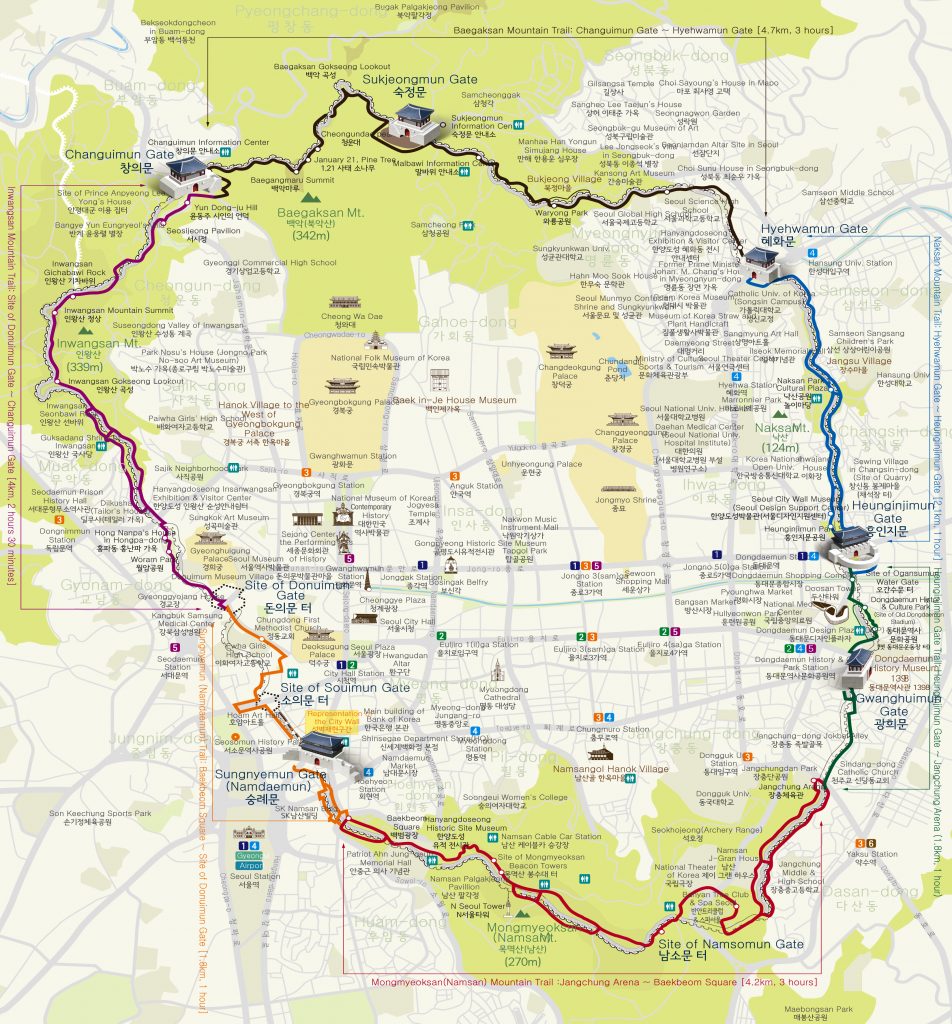
They all possess a similar aesthetic and serve as guiding posts if you’re up for a hike. If short on time, I recommend heading east of the wall and exiting Dongdaemun station so you can check out the Dongdaemun Design Plaza as well, which offers various exhibits throughout the year.
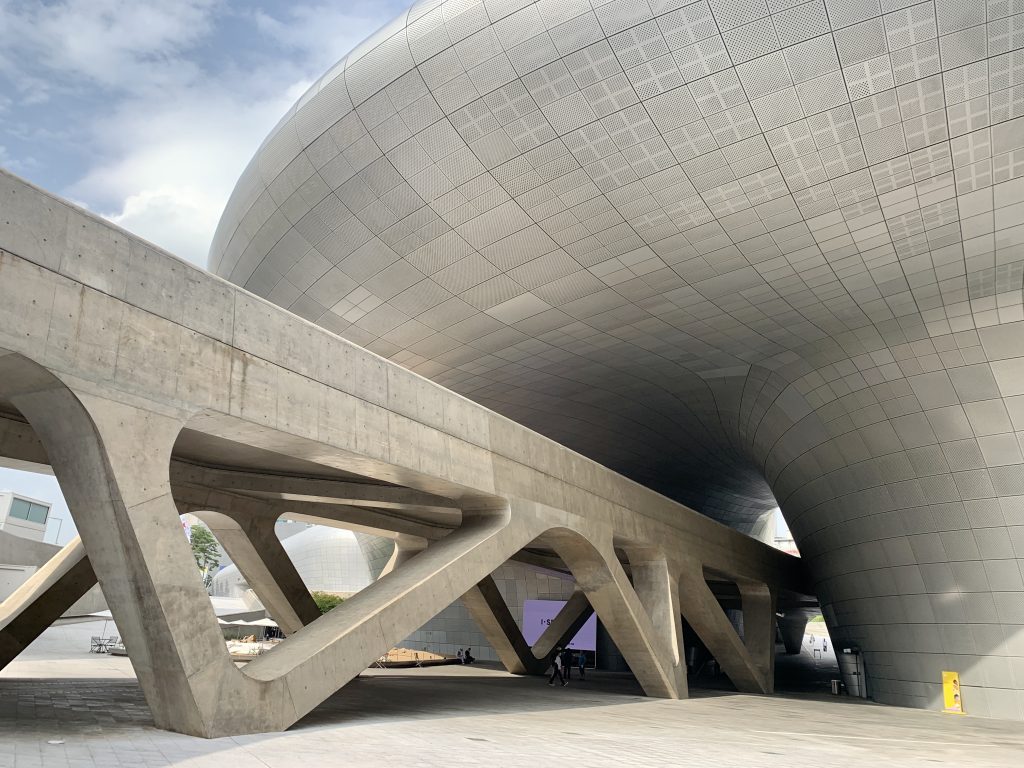
The Heunginjimun Gate is located here and rather easy to spot. From there, you follow the meandering path northward.
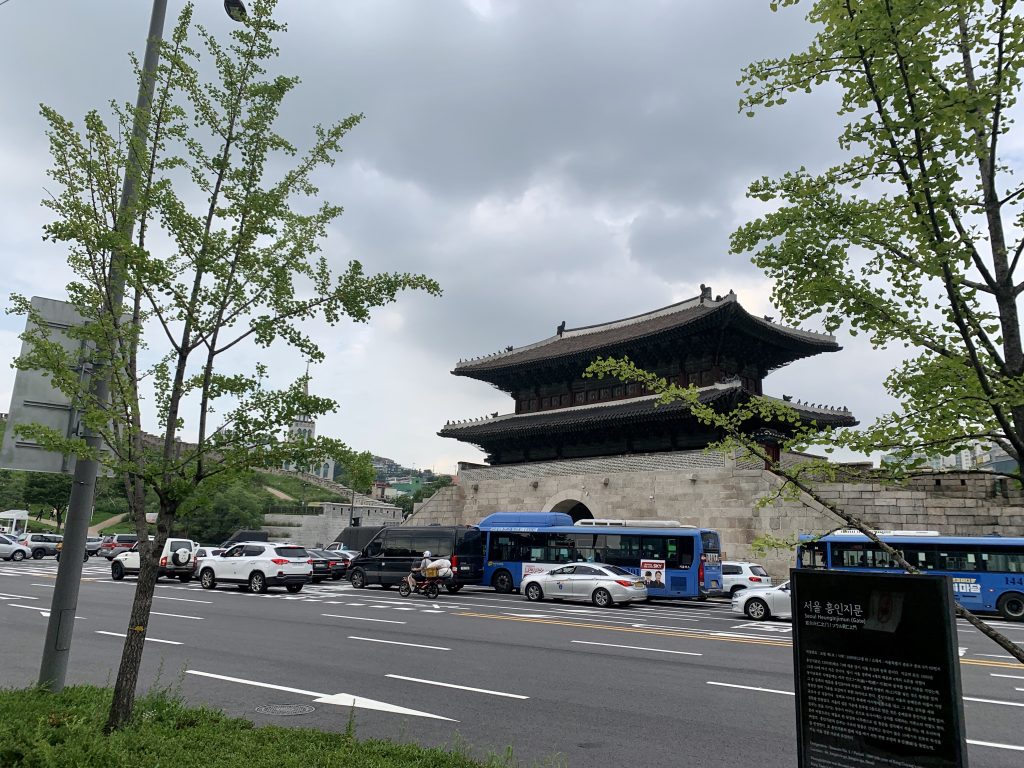
There are several viewpoints and cafes along the way which offer panoramic sights if you want to take a break.
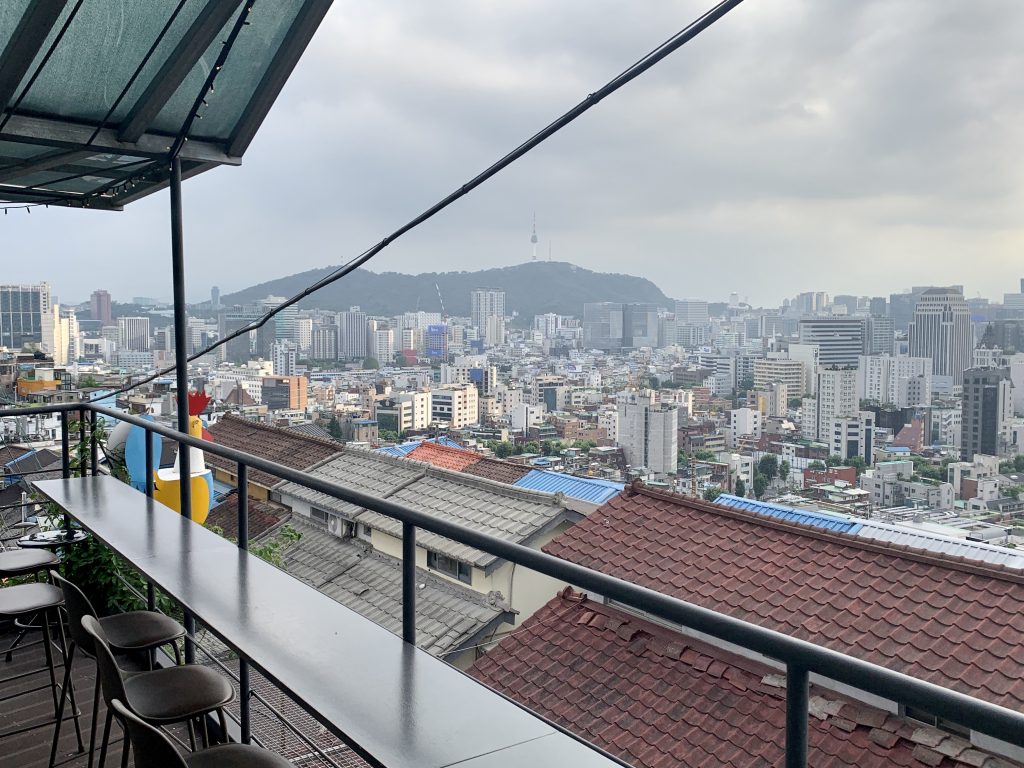
The paths are leisurely and you encounter historically-renovated homes which provide you a perspective of how this area looked like decades ago. There’s also more colorful, family-run spots you can check out.
In contrast to the homogenous urban sprawl located south of the river in districts like Gangnam, these neighborhoods along the wall have much more distinct personalities.
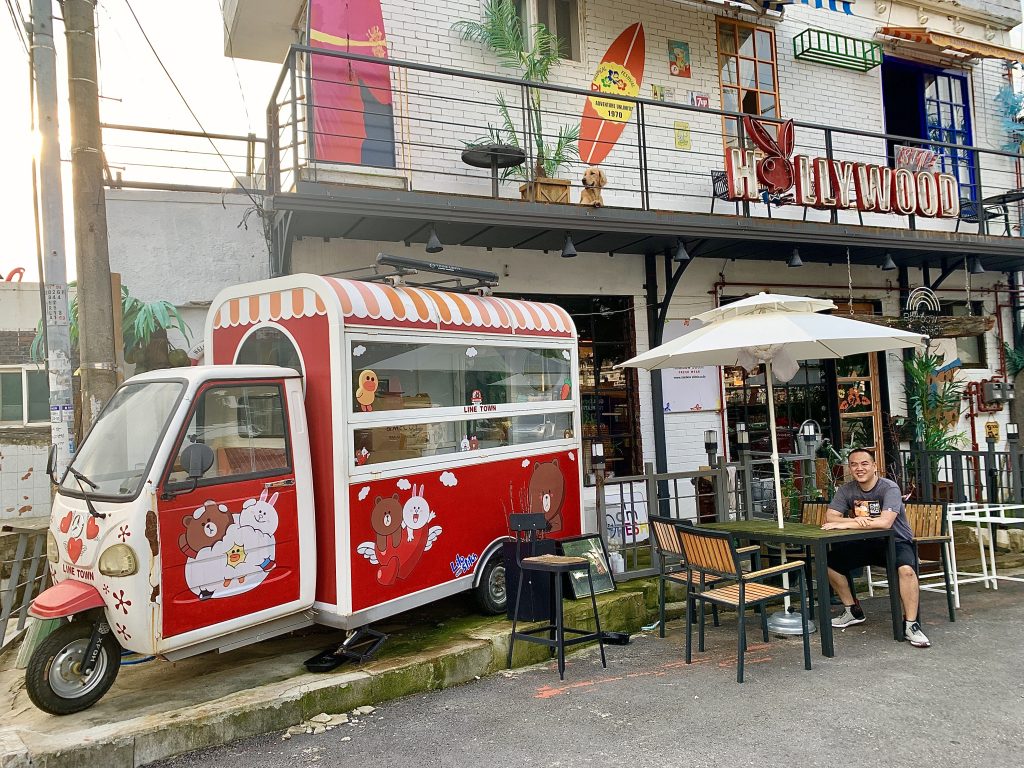
For another Seoul Fortress trail, you can start south near Itaewon and head towards Namsan Tower.
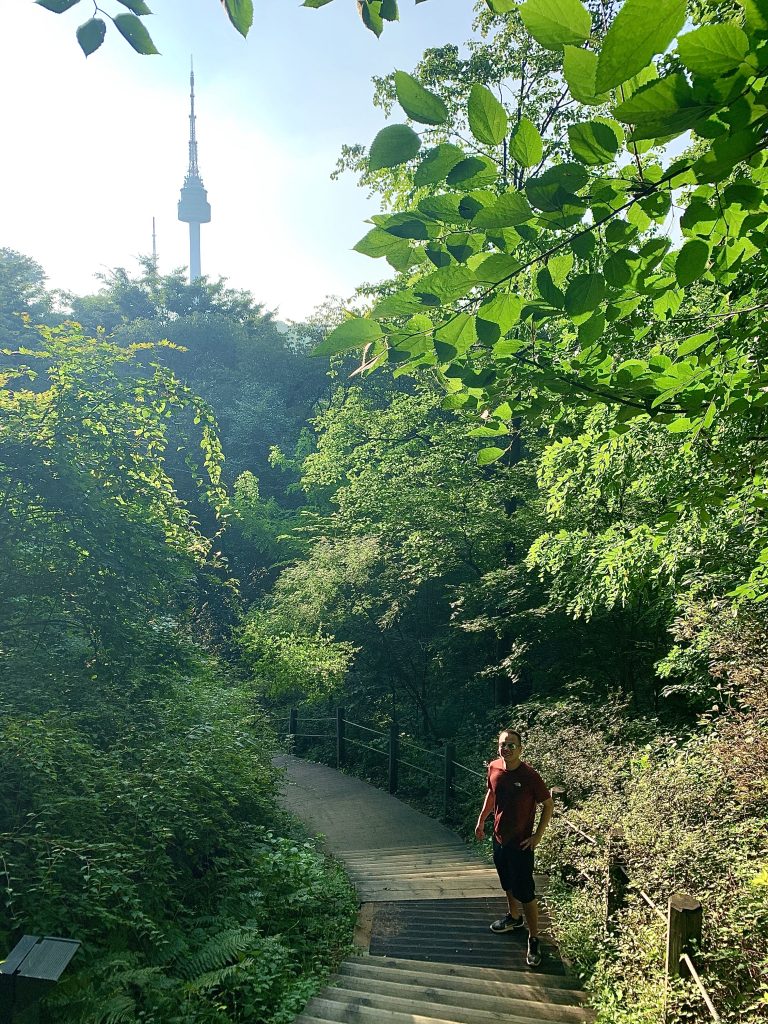
Hiking over 500 steps to the top, you eventually reach the tower, which offers breathtaking views and is a popular spot for tourists.

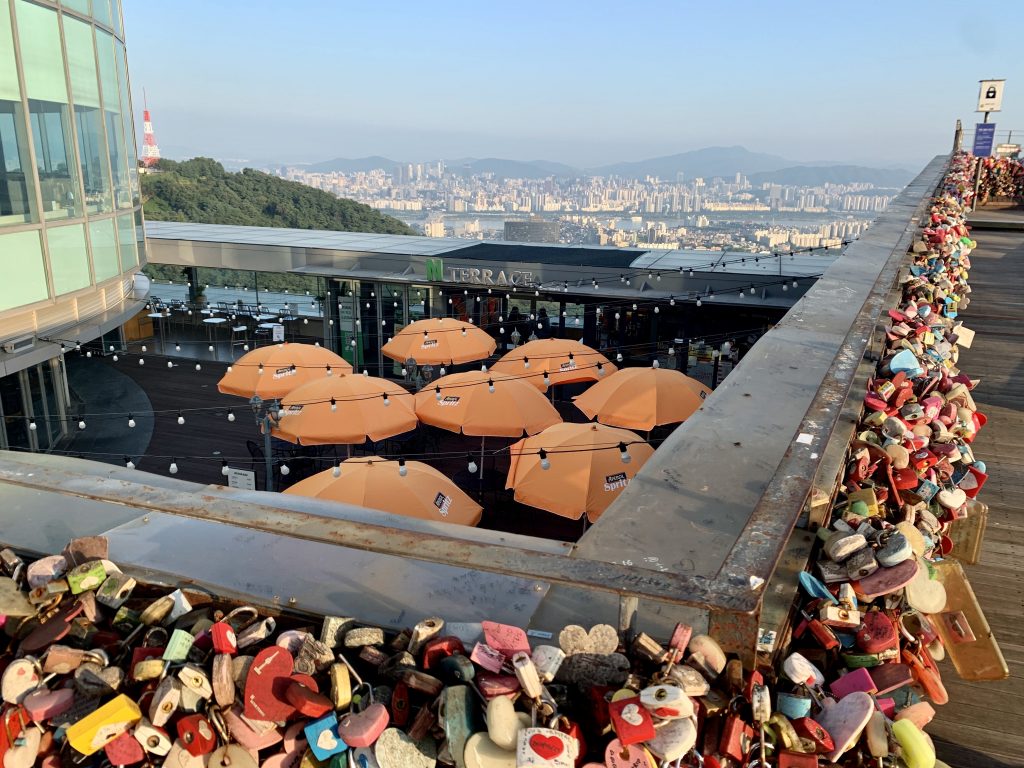
Most my days I had no idea which way I was going to be honest and just followed the path my heart was set on traversing.
Though I lived in Seoul throughout my twenties, back then I wasn’t too into hiking. Going on these trails provides me a different image of Seoul, one in which history and urbanity collides. It all makes for enjoyable afternoons and I’d highly recommend checking out these trails for a day or two if you stop by Seoul.
Located nearby is also the more contemporary Cheonggyecheon stream, which is an 11-kilometer trail built in 2005.
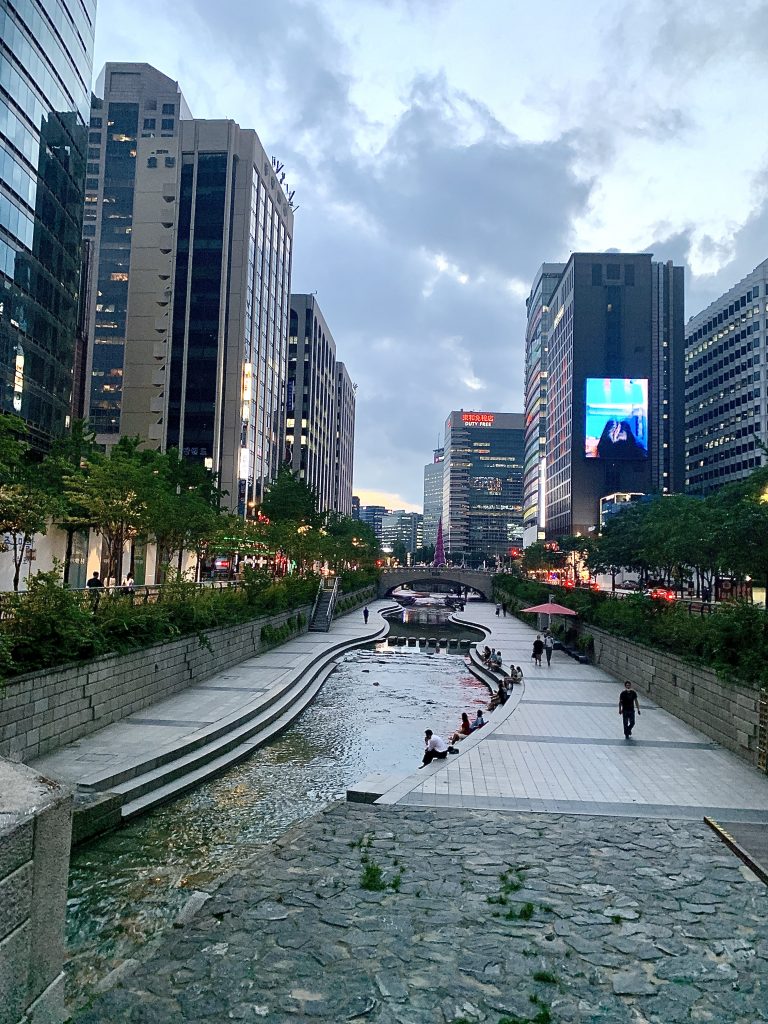
As a massive urban renewal project, it received criticism during its construction phase for costing the government around $900 million. Today, it’s viewed as a popular destination for both locals and tourists alike, restoring what was once a polluted stream covered by concrete in the 1950s.
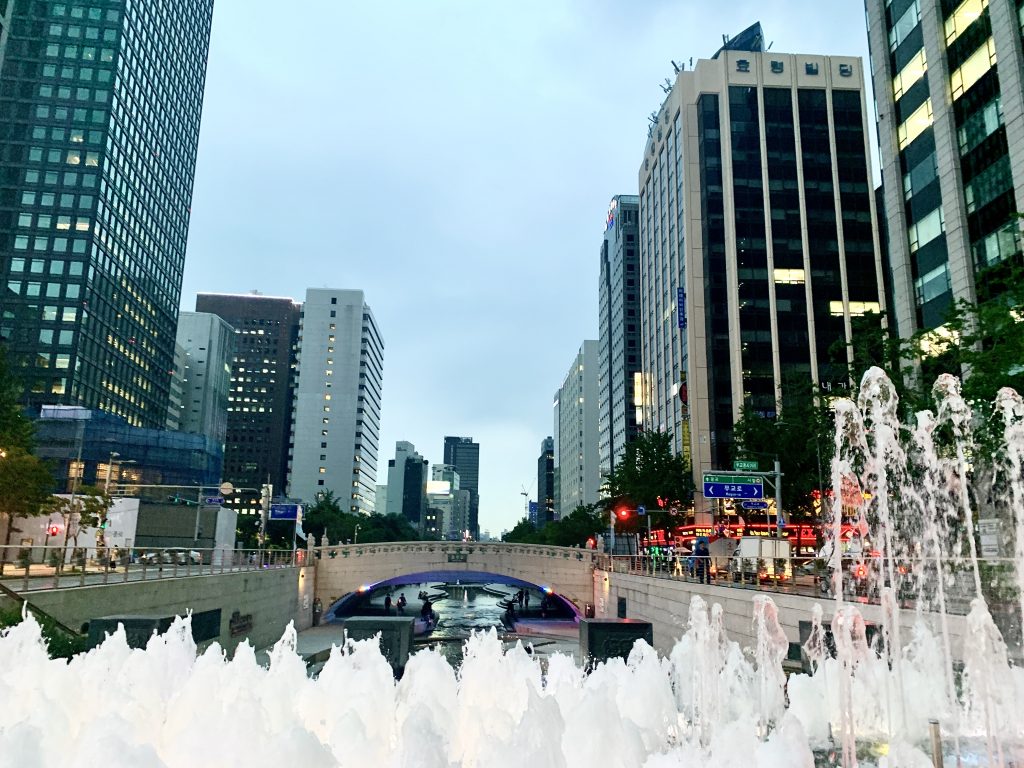
These walks may not cure your hangover from last night’s soju but they will offer a brief respite as you prepare yourself for another evening of Korean barbecue.
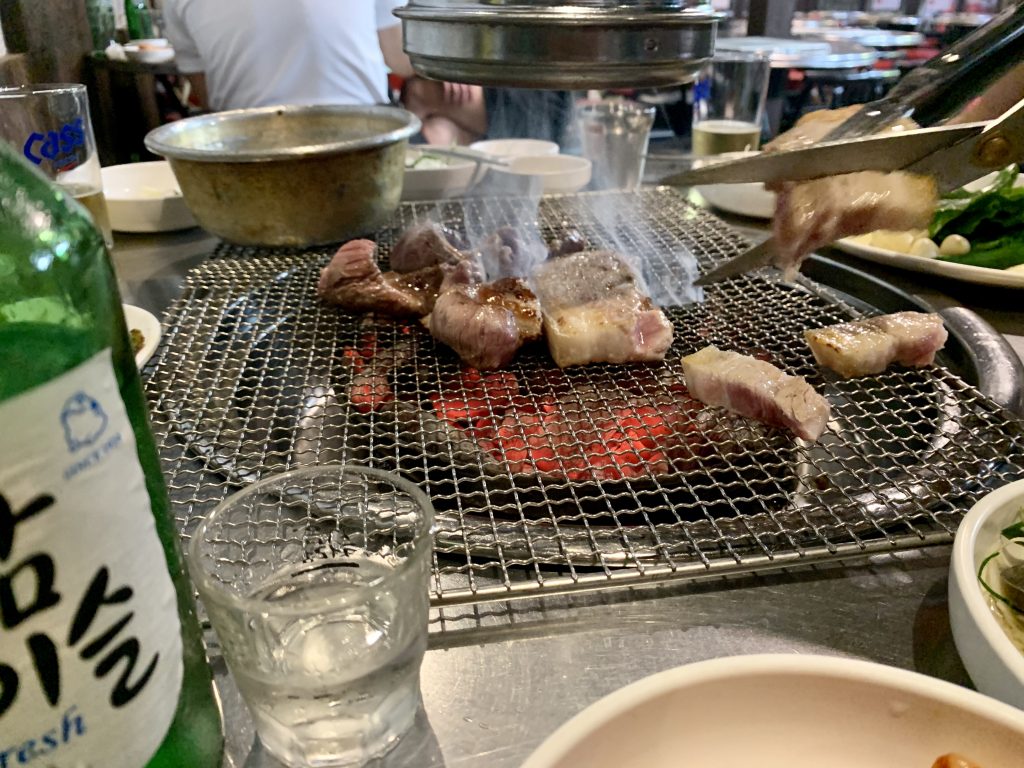
Overall, these types of revitalization efforts in Seoul have been viewed with widespread acclaim, adding a touch of soul to a concrete jungle.
